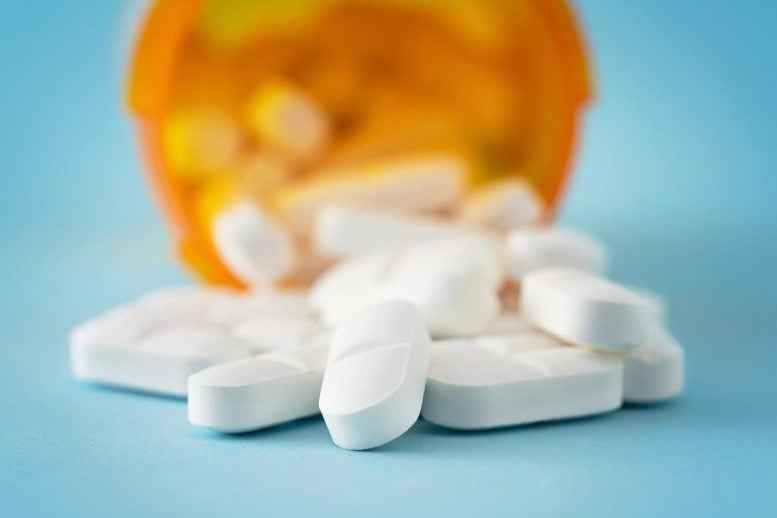
For individuals who cannot take ibuprofen or acetaminophen, Eastman Institute for Oral Health researchers investigated the use of a gabapentin combination as a non-opioid replacement.
A recent University of Rochester research demonstrates a possible substitute for opioids for post-dental extraction pain.
Research from the University of Rochester Medical Center’s Eastman Institute for Oral Health (EIOH) offers hope for a non-opioid solution for acute dental pain as the opioid crisis continues throughout the COVID-19 pandemic.
According to the Centers for Disease Control and Prevention, the percentage of deaths using prescription opioids climbed by more than 16% between 2019 and 2020, and they account for about 18% of all opioid overdose deaths.
The research, which was published in JAMA Network Open, examines two sizable patient groups that include an equal number of men and women between the ages of 18 and 93 who had tooth extractions at the Institute’s Howitt Urgent Dental Care clinic in Rochester, New York.
“We hypothesized that using a combination of the non-opioid pain medications and adding gabapentin to the mix for pain would be an effective strategy to minimize or eliminate opioids for dental pain,” said Yanfang Ren, DDS, Ph.D., MPH, professor and clinical chief, Howitt Urgent Dental Care.
Ibuprofen or acetaminophen was used to manage mild pain in the 3,300 individuals in the first group in 2012. Patients were given larger dosages of ibuprofen or opioid combinations, such as hydrocodone, oxycodone, or codeine, for moderate to severe pain.
However, the second group of about 3,800 patients who had extractions between March 2021 and February 2022 received no opioids at all.
The second group received the same acetaminophen or ibuprofen prescriptions for mild pain. Higher ibuprofen dosages or an ibuprofen and acetaminophen combination were given for moderate to severe pain.
In 2012, individuals who were unable to take ibuprofen or acetaminophen owing to health difficulties or potential complications with current prescriptions were often prescribed an opioid combination; however, in 2022, a gabapentin combination was used as a non-opioid alternative. When the efficacy was examined using a real-world measure of the percentage of patients returning for further pain treatment after receiving the prescribed analgesics, the findings were promising.
“Although the American Dental Association recommends nonsteroidal anti-inflammatory drugs for managing pain,” Dr. Ren said, “dentists frequently prescribe opioids for dental pain and contribute substantially to new and persistent opioid use. This may partly be explained by the lack of alternatives to opioids, especially when the ibuprofen or acetaminophen are ineffective or can’t be tolerated.”
“This study represents continued efforts by our team and other dentists to minimize the use of opioids for dental pain,” said Eli Eliav, DDS, Ph.D. He is the director of EIOH and a pain expert. “Additional studies, preferably randomized controlled clinical trials, are needed to confirm the safety and effectiveness of this approach. It is our duty to continuously seek safe and effective treatment for our patients in pain.”
Reference: “Comparison of Analgesic Prescriptions for Dental Pain and Patient Pain Outcomes Before vs After an Opioid Reduction Initiative” by Qirong Huang, DDS, MS, Linda Rasubala, DDS, Ph.D., MS, Richard H. Gracely, Ph.D., Junad Khan, BDS, MSD, MPH, Ph.D., Eli Eliav, DMD, Ph.D. and Yanfang Ren, DDS, Ph.D., MPH, 17 August 2022, JAMA Network Open.
DOI: 10.1001/jamanetworkopen.2022.27219

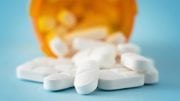
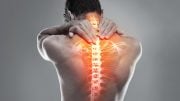
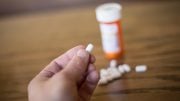



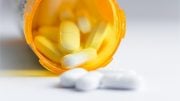
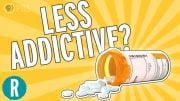
This is BS, incremental research. Gabapentin is already used for chronic pain in other practices. I would avoid seeing a dentist who didn’t have the prescribed DEA opioid licenses.
The CDC and too many others have failed to ask relevant questions about the so-called opioid overdose epidemic. That is, how many Americans (10,000’s; 100,000’s; millions?) have safely and responsibly taken prescription opioids for years or decades and have never overdosed or become addicted?
How many people have prescription opioids helped with little or no deleterious side effects? How could good scientists fail to ask these question?
Perhaps we should outlaw motor vehicles because they continually kill over 30,000 Americans every year.
Another question good scientists have seemingly failed to ask is: can we teach patients how not to overdose? Ask the many Americans who have never overdosed or become addicted, as above.
Since prescription opioids are so dangerous, patients have to be vigilant in staying as healthy as possible. Diet is first on this “list”. Restful sleep and relative exercise are next on the list. No alcohol or other drugs the prescribing physician doesn’t know about. Checking with patients about any abuse, neglect or exploitation they may being victimized by is readily important since a given proportion of prescription opioid patients are elderly or disabled and thus are supposed to be protected from any of these three horrendous and (usually) illegal acts of depravity that can disrupt lives. Ask the many Americans who safely and responsibly take prescription opioids about their lifestyles and any other factors that may inhibit overdosing and addiction.